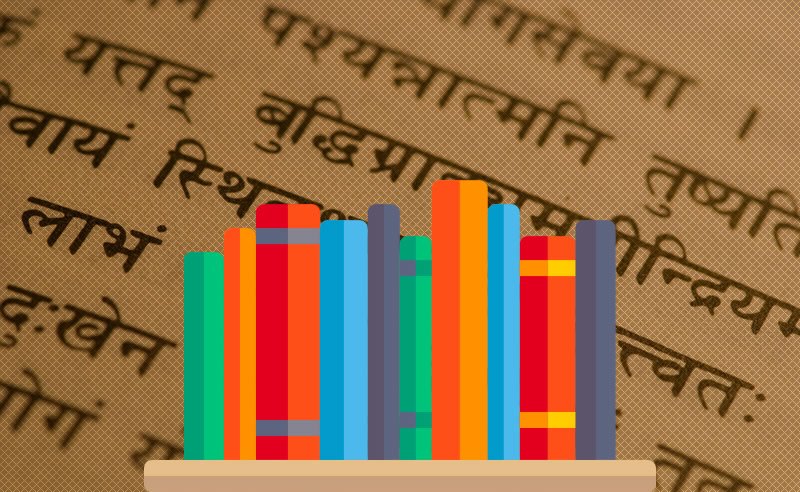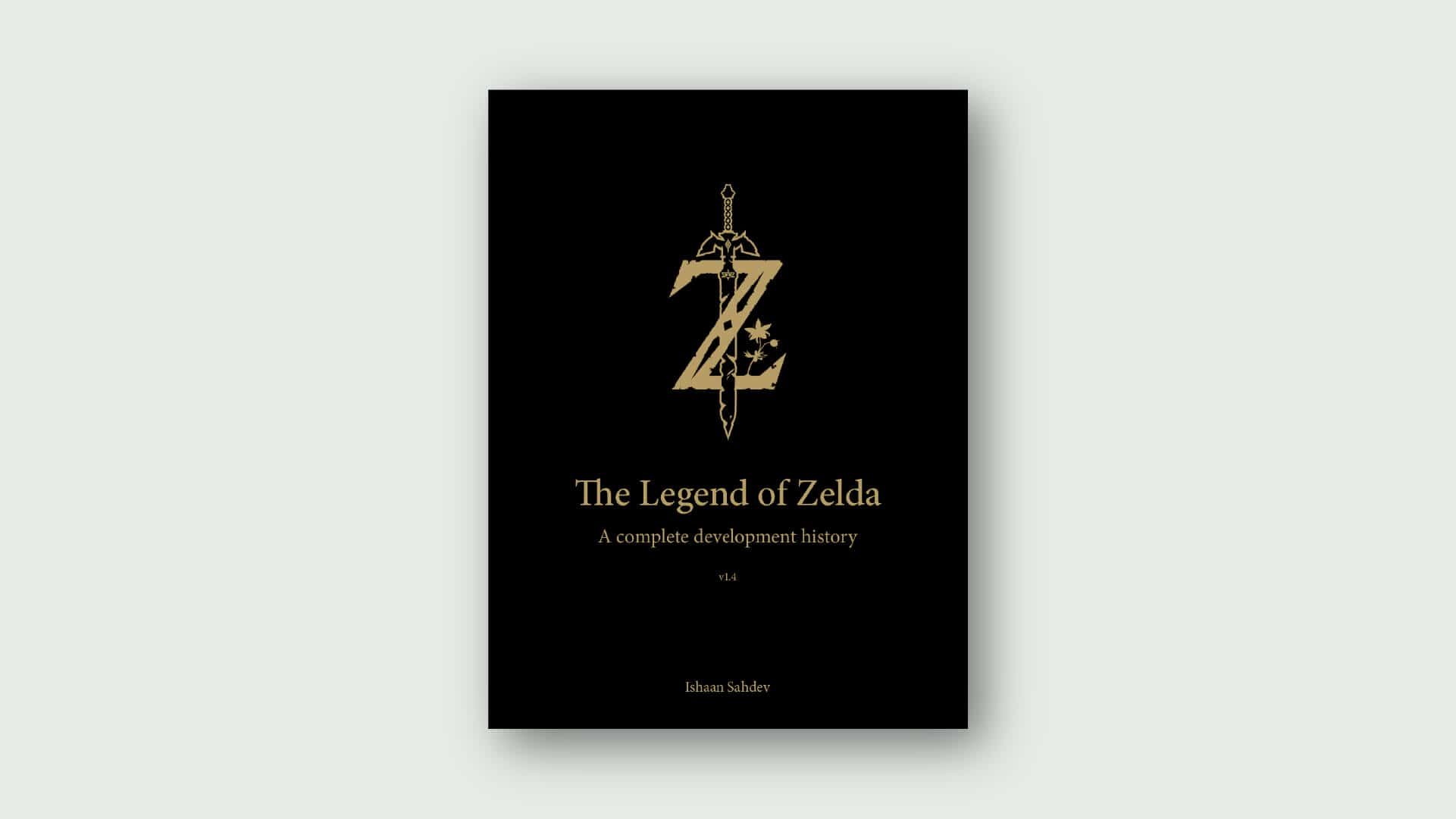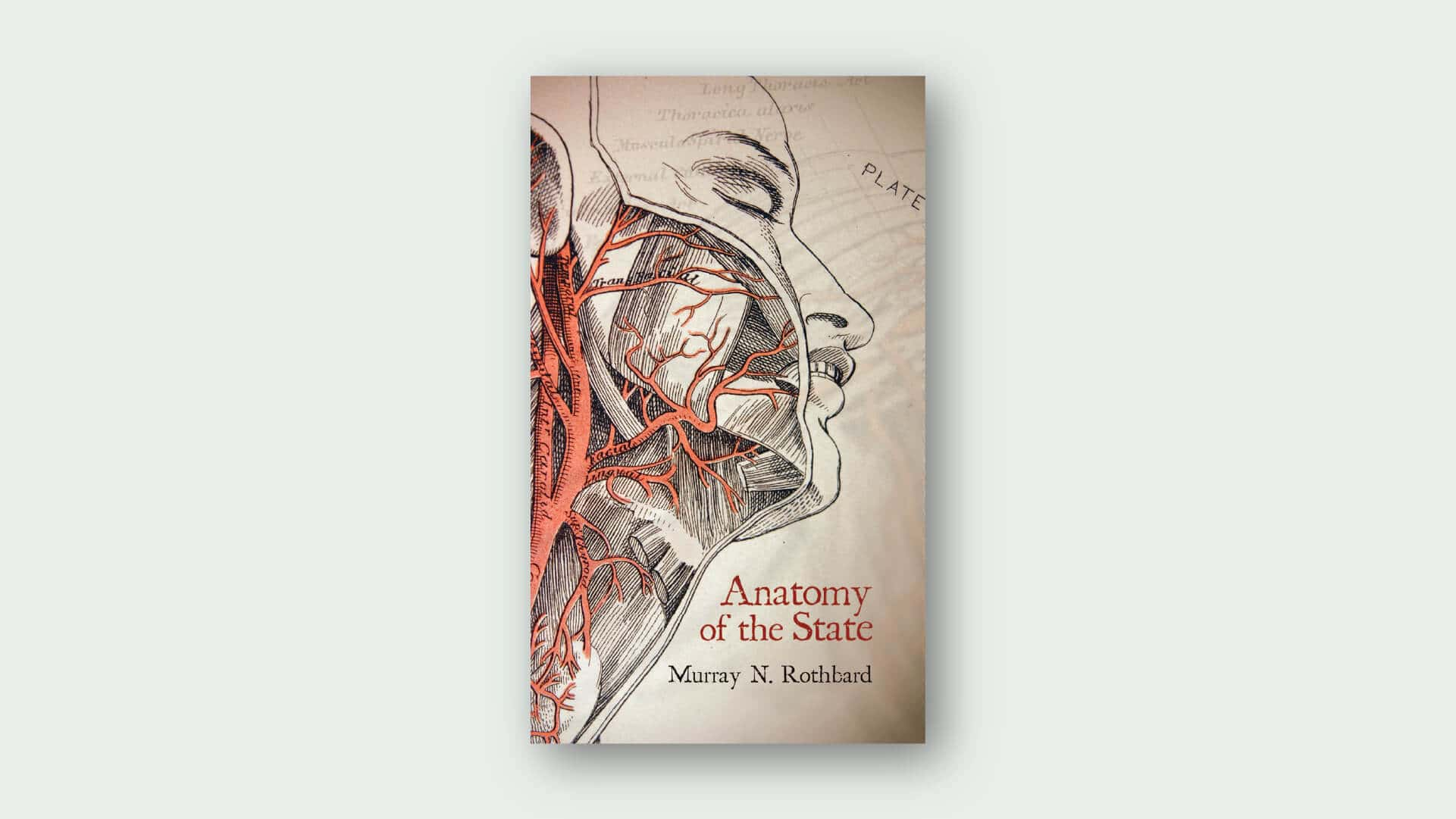Sanskrit is the language of the Vedas. It means complete, perfect and definitive. It’s also a beautiful, powerful, resonating language, with a structure and richness not found within most modern languages. All scientific, philosophical, historical works were written in Sanskrit, and important texts existing in other languages were translated and adapted into Sanskrit. The logic and beauty within Sanskrit reflects the two levels – the outer knowledge passed on from teachers and books, and the inner knowledge or intuition gained through experience.
The Archaeological Survey of India (asi.nic.in) digitized over 200 Sanskrit documents at Indira Gandhi National Centre for the Arts (IGNCA). You may find all of these documents in PDF format in both English and Sanskrit languages. All of these ebooks are listed down in a straightforward list which can be easily downloaded.
Some examples include:-
- Sanskrit Buddhism in Burma
- Kundamala
- Das Gopatha Brahmana
- Sutta-Nipata
- Panchadashi
- Suklayajurveda Samhita
Most common ebook format.
EPUB
For all ebook readers.
MOBI / PRC
Mobipocket for Amazon Kindle
Other Formats
HTML / Web Serial / Online / Others





